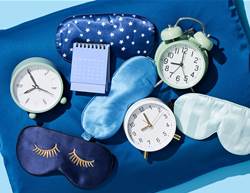Is your home a cluttered mess? You could be sabotaging your slim-down efforts.
Trying to shed some kilos this year? You’re not alone—losing weight is one of the most popular New Year’s resolutions. But despite its ubiquity, this goal is also notoriously difficult to achieve (and maintain). Research shows that only 1 in 7 obese women are likely to lose 5% of their body weight annually. How can you tip the scales in your favour this year?
Perhaps you’ve already purged the holiday junk food, filled the fridge with lean protein and fresh veggies, and found a gym you love. That’s a great start. But while diet and exercise are important, your environment also plays a key role in helping you slim down.
Look around your kitchen: Are pots and pans out of place? Do plastic containers tumble out of the cabinets? Is your pantry a pigsty? Then you’re being subtly nudged to seek comfort from the chaos by indulging in bad-for-you foods. Clutter around your home—especially your kitchen—creates a distracting, stressful environment that could kill your ability to stick to your weight-loss plan.
Here’s the science behind why getting organised can help you lose weight, along with some expert tips on how to tidy up your home for a healthier lifestyle.
(Want to pick up some healthier habits? Sign up for FREE to get healthy living tips, weight loss inspiration, slimming recipes and more delivered straight to your inbox!)
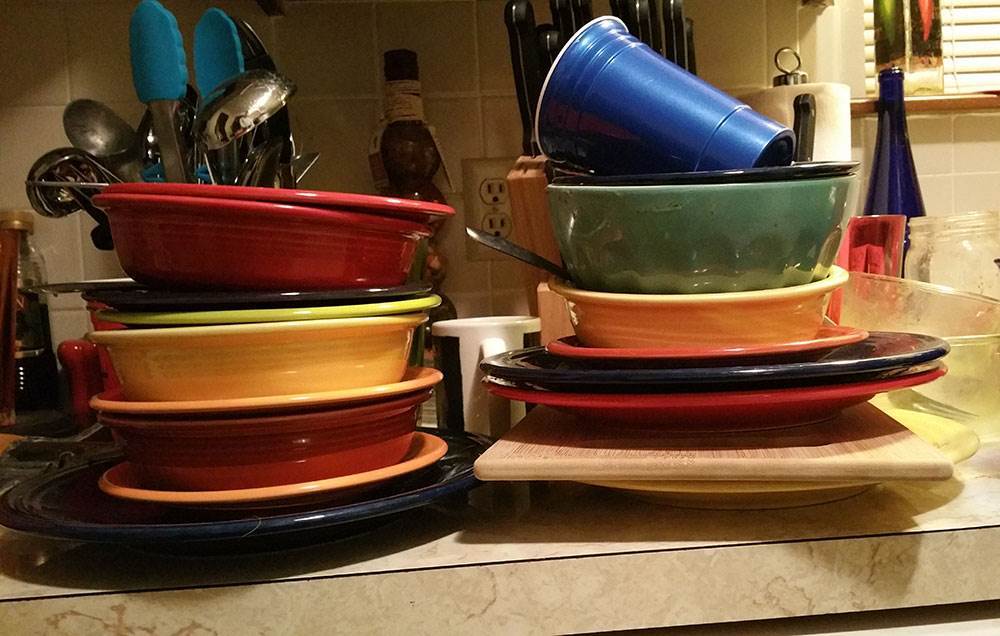
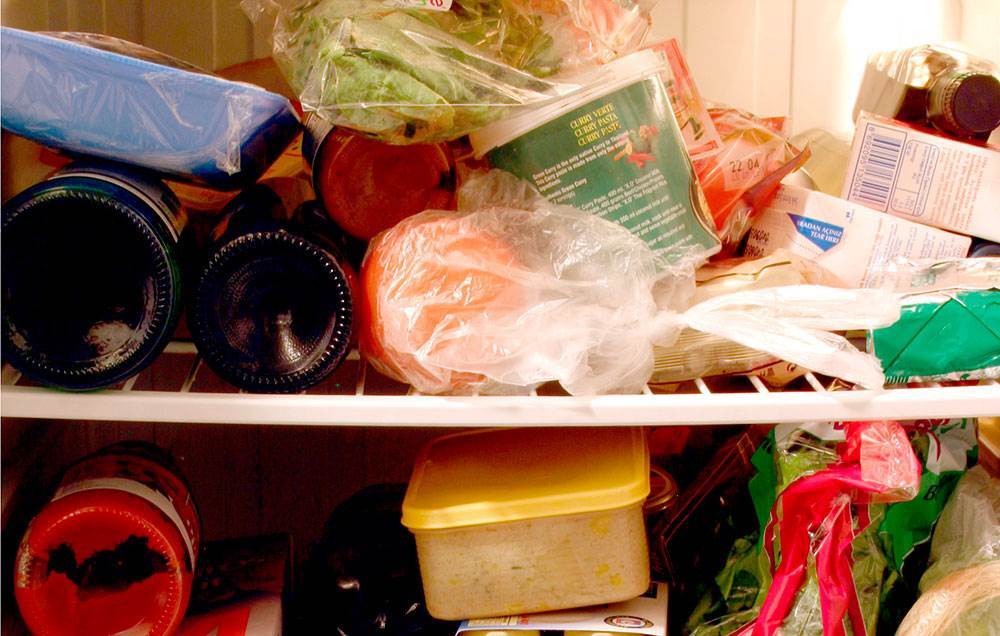
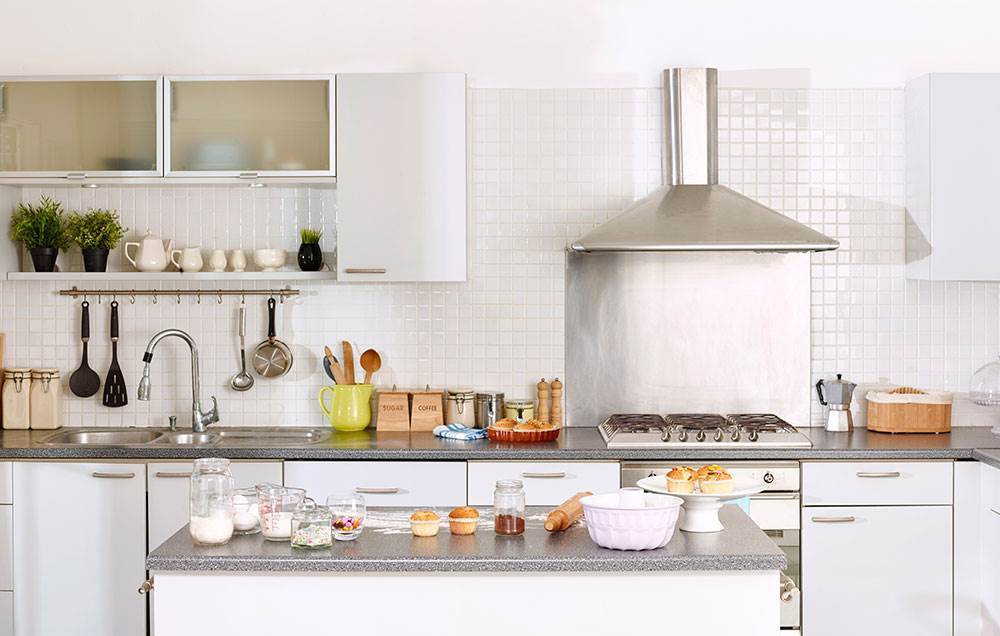
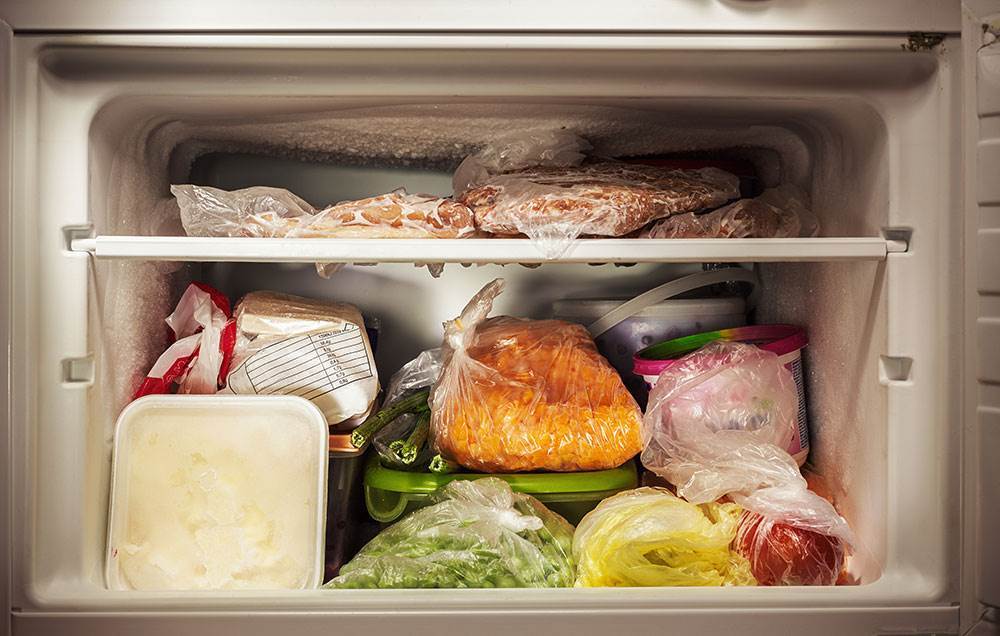

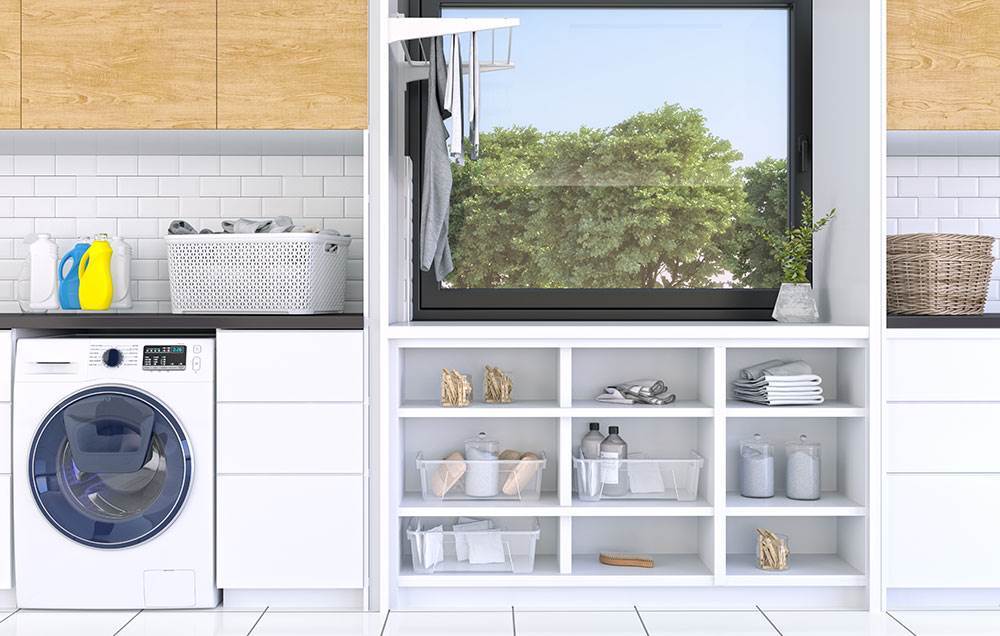
Photograph by Nate Harvey / FOAP / Getty Images
Clutter is the culprit.
Think your crowded countertops are just an annoyance? Think again. A recent study has found that “stressful and chaotic food environments” influence people to reach for high-kJ snacks. In effort to determine the impact of mindset and environment on eating, researchers from Cornell University invited around 100 women to write about a time they felt out of control, neutral, or organised, then eat snacks in kitchens that were either cluttered or orderly. They discovered that participants who were in a more chaotic mindset in the messy kitchen consumed more cookies than those in the tidy space.
The research echoes previous findings, like a 2013 study that found people in orderly rooms chose healthier snacks than those in cluttered environments, as well as what books have preached to dieters for years: Tidying up and planning ahead might be just as important to weight loss as committing to exercise and a reduced-kJ diet.
Dietitian Dafna Chazin notes that getting organised has been a key factor in the lives of her clients who’ve successfully lost weight. She says people with untidy homes often struggle to stick to their weight-loss plans.
“If you’re constantly trying to catch up, organise, and declutter, you’re stressed. When people are chronically stressed, the body responds with a surge of hormones that increase cravings and hunger throughout the day,” she says.
Chazin adds that stressful environments erode our ability to create plans we can commit to. Our discipline to eat better and exercise more is diminished by the visual noise and the distraction of piles of stuff all around us. “If you can’t control a mess, you begin to doubt your ability to control your eating. It gives you mental permission to overeat and eat mindlessly. You end up reaching for foods you don’t really want to eat, like chips, and then feel ashamed and demotivated.”
Fortunately, you don’t have to clean out every last cupboard before you can drop some kilos. Chazin has some tips for how you can get organised and create a weight-loss plan at the same time.
Photograph by alicat/Getty Images
Start with your fridge.
A cluttered kitchen can be so overwhelming; it’s tough to even know where to start, but Chazin suggests that people who want to lose weight focus on the refrigerator. Take everything out and throw away anything expired or devoid of nutrients Then restock it only with foods that make sense for your diet.
“When you open the fridge, you shouldn’t see containers of leftover Chinese food. You should see yogurt and freshly-cut veggies. Make sure what’s easy to grab is food that has a lot of nutritional value that will help curb your appetite," says Chazin.
The foods that you intend to eat frequently should be placed front and centre, as close to eye level as possible. If you have to dig for those baby carrots behind jugs of sugar-filled juice, endless bottles of condiments, and processed foods, you’re less likely to grab them when you’re hungry, and your weight-loss plan could get derailed. Instead, shove your special treats to the back, so you’re more likely to reach for something good for you in a moment of weakness.
Photograph by stockvisual/Getty Images
Clean off your counters.
A counter piled high with papers, rarely used appliances, and other junk is not conducive to quick-and-easy meal prep. Just one look at the mess and you might give up on your plan to try out a nourishing recipe and opt for take away.
“Put the cookie jars away and get rid of appliances you don’t use,” says Chazin. “Then put things on the counter that will help you.” A high-quality cutting board, measuring cups, and a kitchen scale are essential when you’re trying to lose weight, she says. You might also find it useful to have a food processor, blender, countertop grill or slow cooker out, as well, depending on your space and meal plan. The easier it is to prep and cook, the more likely you’ll make something wholesome at home instead of ordering a pizza.
Photograph by dejankrsmanovic/Getty Images
Don’t forget the freezer.
When it’s organised, your freezer can be a godsend during a time-crunch. The reality is that most people have packed their freezers full of bags of fruits and vegetables, proteins they bought on sale, and containers of leftovers they have long since forgotten about. Wave your organisation wand over this area to turn it into a treasure chest of meals packed with nutrients. Just like you did with the fridge, chuck out any old and subpar foods. Next, carefully restock it with bags of broccoli you can steam in the microwave, vitamin-rich soups you can microwave for lunch on cold days, and low-fat meats you can cook quickly, suggests Chazin.
When everything’s in good shape, do yourself one last favour so you don’t forget what’s inside: “Keep a list on the freezer door of what’s in there,” says Chazin. If you know you have enough in there for three healthy dinners this week, you’ll have less to pick up at the grocery store and more flexibility as you plan your meals.
Photograph by Radachynskyi/Getty Images
Streamline your snacks.
Snacks might be your weakness right now, but they can turn into a strength on your path to weight loss if you get organised. “People tend to have multiple types of the same snack foods in various flavours, but you really don’t need five kinds of cookies in your pantry,” says Chazin. She suggests ditching duplicates and streamlining your snack choices so you have one healthy option for something salty and something sweet.
“When we have too many options, we struggle to pick the healthiest one. You should always see a couple of good, healthy options organised front and centre of the pantry, as opposed to scattered around,” she says.
In addition to limiting your choices, you should also organise your serving methods to limit how much of a snack you consume at any one time. For instance, pre-portion bite-size snacks, like nuts, into single-serving bags and you'll be less likely to mindlessly munch. If you have a big container of something (like crackers or cereal), toss in a measuring cup that relates to the serving size on the nutrition label, she adds. “That way, when you open the package, you'll automatically take the right amount,” says Chazin.
Photograph by onurdongel/Getty Images
Tidy up your laundry.
Another frequently-cluttered area of the home that can contribute to your weight is your laundry, which might require more attention than you’re used to if you’re getting sweaty at the gym more often. “Organising your laundry room makes working out more positive. If you have clean, organised workout clothes, you’re more likely to exercise,” says Chazin.
It’s all too common for laundry rooms to turn into the dumping ground for homeless stuff around the house. Find another place for any items that you don’t need to clean your clothes, and make sure you have a clear path to carry heavy hampers to and from the laundry room. A behind-the-door rack can be a clever solution for storing detergent, fabric softener, and dryer sheets in a tight space, while a pull-out drying rack makes it easy to maintain your leggings, sports bras, and tank tops.
After your clothes are clean, pair matching workout tops and bottoms together in a drawer. Sticking with exercise can be a challenge, especially when you're still working on making it a regular habit. Making sure you always have enough clean workout clothes—and that you know where to find them—means you'll have one less excuse to skip the gym.








